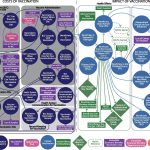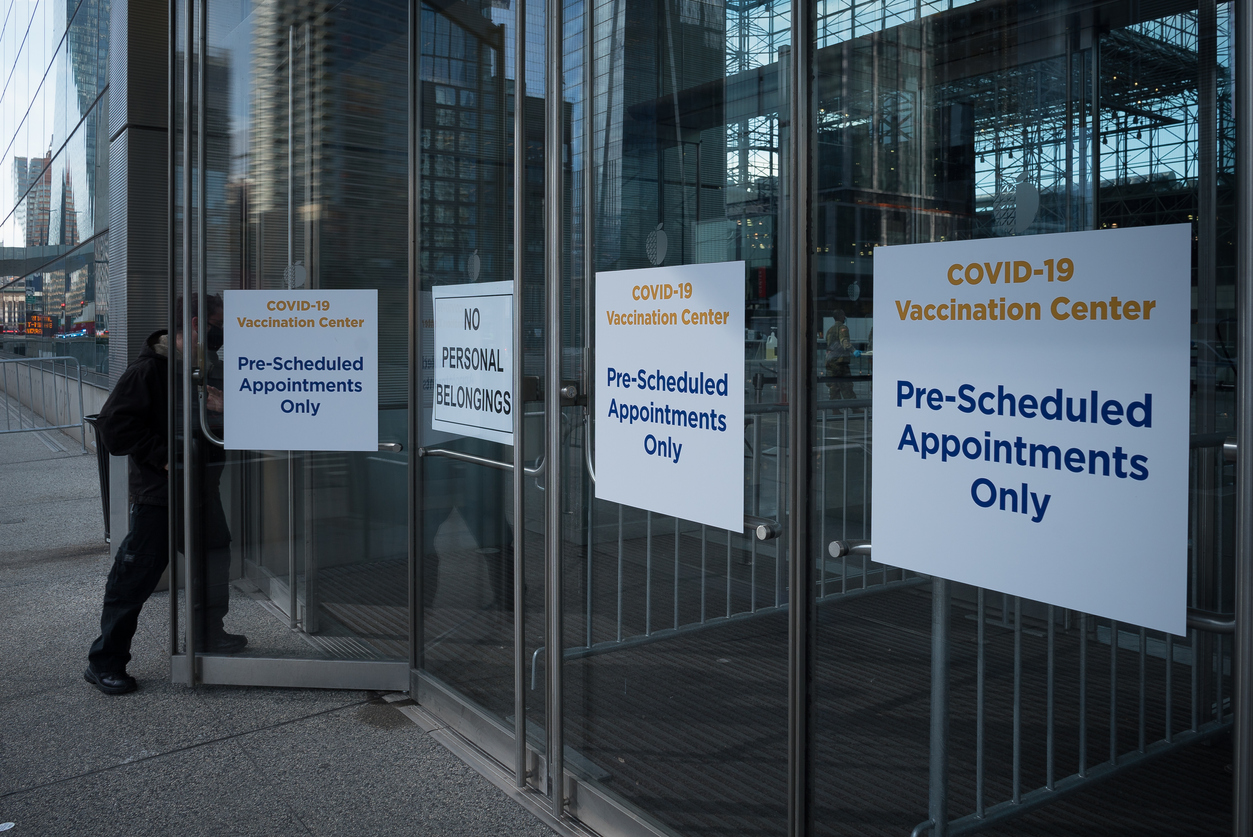A major obstacle for Covid-19 vaccination programs to achieve higher and more equitable vaccine coverage throughout the world is targeting hard-to-reach communities.

In a paper published today in the journal Vaccine, researchers at PHICOR at CUNY SPH, the Centers for Disease Control and Prevention (CDC), and the University of North Carolina created the first-of-its-kind systems map outlining each step and cost in the vaccination process that determines whether a person may or may not get vaccinated and the potential health and economic impacts of doing so.
Decision-makers can use the map to understand where steps in the vaccination process may be interrupted or weak and identify where gaps exist in the understanding of the economics of vaccination, the authors say.
“In order to reach the Covid-19 vaccine coverage levels needed to slow or stop the spread of the virus, our society will have to vaccinate those who may be harder-to-reach,” says CUNY SPH Professor Bruce Y. Lee, executive director of PHICOR. “This new systems map shows the different factors and mechanisms that may make a person harder-to-reach and can then help decision makers develop and implement more tailored strategies and interventions.”




